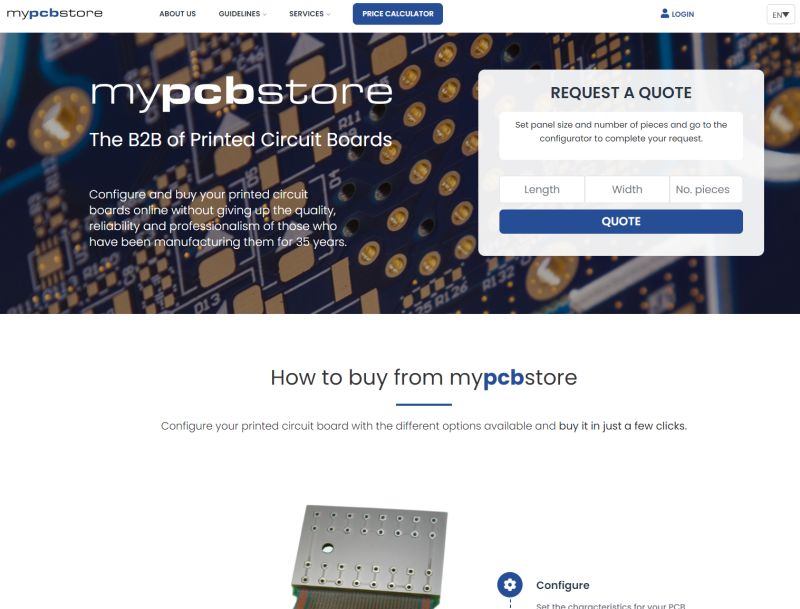Material thickness
Even if this topic sounds rather trivial at first, the definition of the measurement method for the thickness of the final PCBauch: gedruckte Schaltung, engl.: PCB – Printed circuit boar… More can be very important under certain circumstances.
Unless otherwise specified, the material thickness of the printed circuit boardauch: gedruckte Schaltung, engl.: PCB – Printed circuit boar… More refers to the basematerial incl. base copper. Electroplating and solder resists are not taken into account here and may have to be measured separately. The usual tolerance for the base material is ±10%, other tolerances must be agreed with the manufacturer.
A chemical surface must be used for material thicknesses of <0.5mm, as thin material is not suitable for a lead-free hot air levelling process.
What to look out for?
Various manufacturer tolerances for the base materials and conversion factors between the units of measurement also play a role, as does the installation variant, for example. If the final PCBs are to be inserted into a slide-in rack, for example, or if the mounting height plays a critical role, attention must already be paid in the design to how and where to measure.
The difference in height alone for mounting holes without copper and with copper is already 140µm, i.e. 0.14mm, for a double-sided 70µm PCBauch: gedruckte Schaltung, engl.: PCB – Printed circuit boar… More. This may already be too much, so that insertion may no longer be possible. Or too little, so that the clearance of the PCBauch: gedruckte Schaltung, engl.: PCB – Printed circuit boar… More within the slide-in rails is too large.
In principle, the thickness is measured “over all” unless a separate specification has been made.



